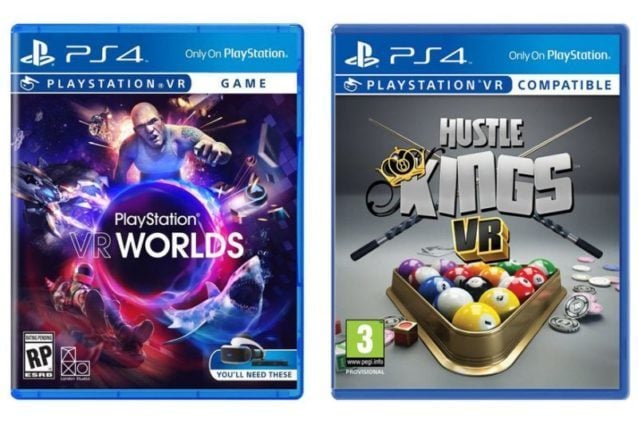- 211

- London, UK
Nope, we still dont know.Has their been any confirmation on the screen this uses, is it a Sony component or possible Samsung? Some of Sonys actual phone screens only moved beyond 1080p resolution in the last year or so but where not this size/resolution. So if not from another vendor is this a special new component? The reason I ask is wondering if the screen quality while less pixels might be better than the "Galaxy Note 3" (2 year old phone) screen Oculus supposedly uses.
*edit: (later discovered the Note 3 display was used in DK2 , consumer version is better)
Also looking at the Samsung Gear it also uses higher resolution but of course with the latest S7 and upcoming Note 6 the actual screens are also improved over that of the Note 3. I would like to understand this more regards the screens and optics if anyone can help or link tech regards such.
Personally I have concern with the black lines mentioned regards pixels spoiling the enjoyment or is this less evident on the Sony VR now using RGB subpixels? Makes me think back to the annoying screen-door effect on old 720p projectors.
Also is it likely Sony are using within the break-away box technology similar to their own TVs regards adding frames from the 45-90 or 60-120?
Sony ceased production of OLED displays fairly recently, so it's quite possible this is coming from elsewhere. Then again, that was talked about in reference to TV OLED panels, so a mobile-size display like this might have been something they could justify, especially since they only needed to do ONE panel of the same size and spec, decreasing manufacturing complexity(and thus costs) greatly.
I dont think it'd be Samsung, as they are only making pentile OLED's from what we know. I'm quite sure Oculus and HTC would have wanted RGB OLED's from Samsung if Samsung was capable of making them.
In terms of quality and 'black lines'(screen door effect or SDE for short), the panel itself should be quite comparable to the Rift and Vive's in terms of general sharpness. SDE is a combination of resolution, FoV, pixel fill and optics. By most accounts, the PSVR has a very minimal SDE and is much better than the DK2 and GearVR in this regard and again, comparable with the consumer Rift and Vive. I imagine high pixel fill using the made-for-VR display along with Sony's expertise in optics has helped them a lot here.
And no, the breakout box does not do the reprojection. This is all done on the PS4 directly. Nor is reprojection the same thing as motion interpolation that you find on TV's. It's a similar concept at a high level, but the details of what it is doing and why is different.
Lastly, I dont think 45fps->90fps is going to be a thing. I know Tested made mention of it, but Sony hasn't ever, at any point in all their talks and presentations for it. 60fps seems to be the strict minimum. I think Tested were simply mistaken. So you'll have either 60fps->120fps, native 90fps or native 120fps. Reprojection will technically still occur even at native 90fps and 120fps for latency reduction, though.






